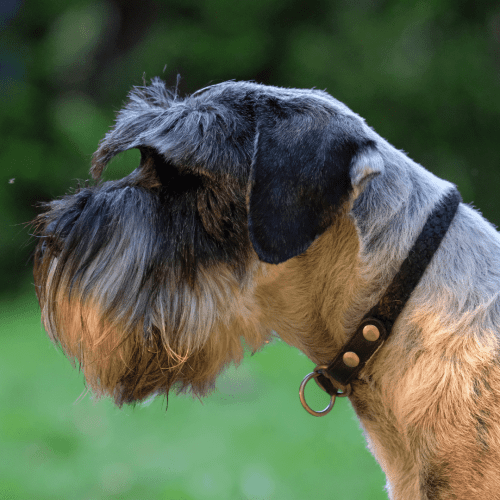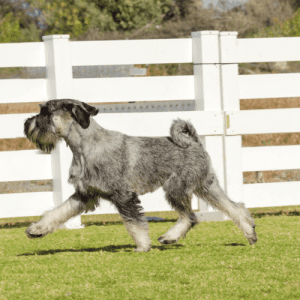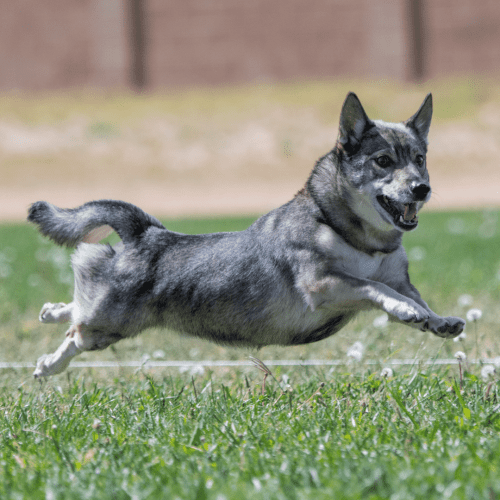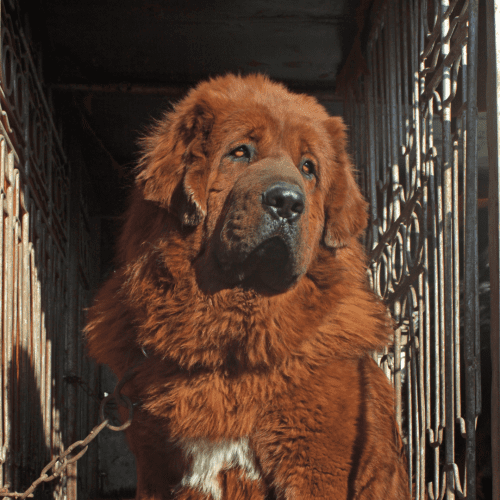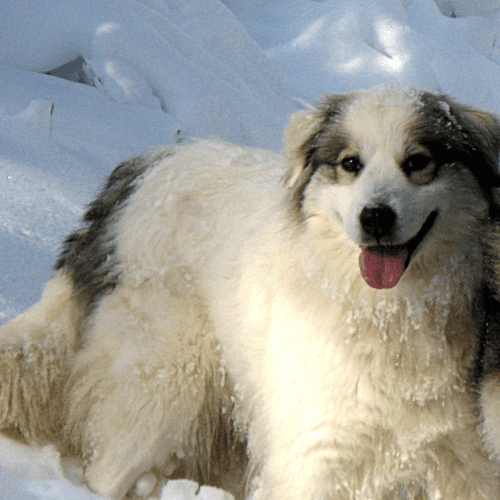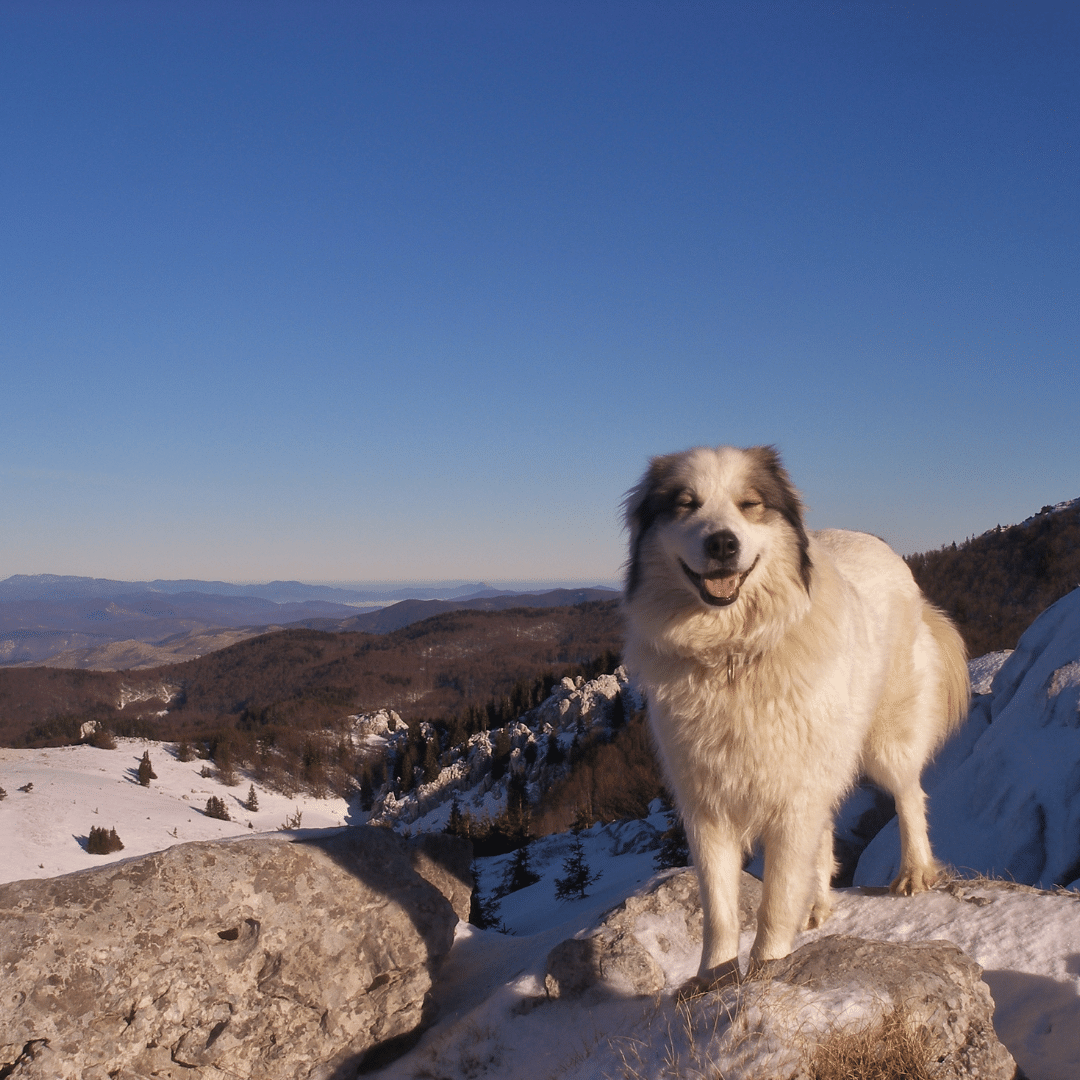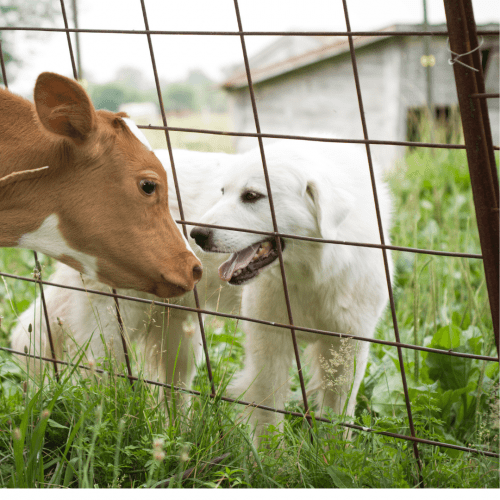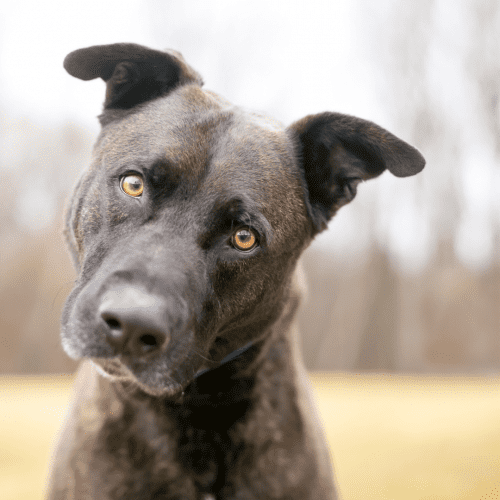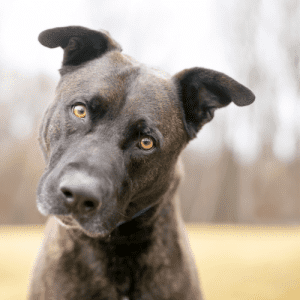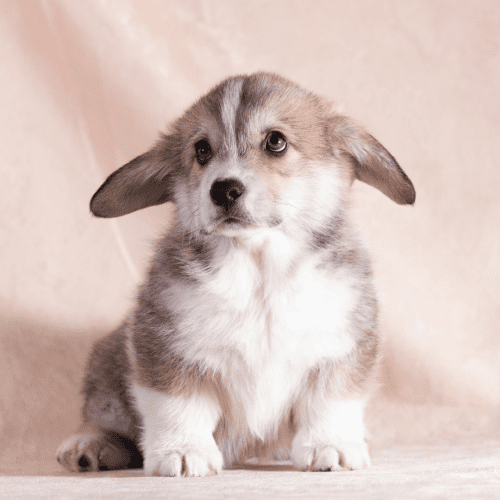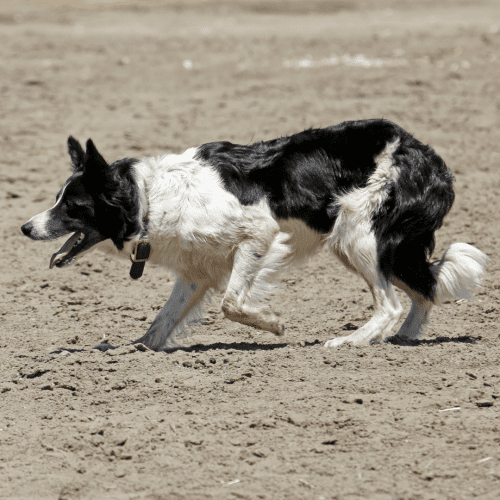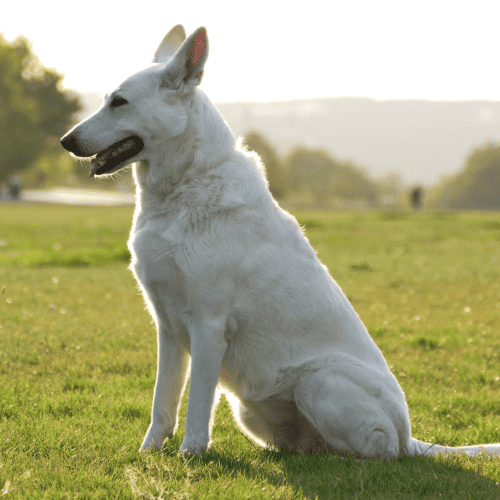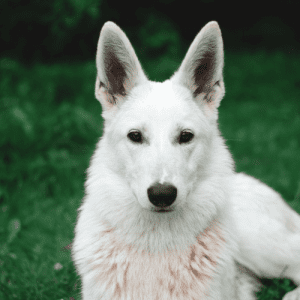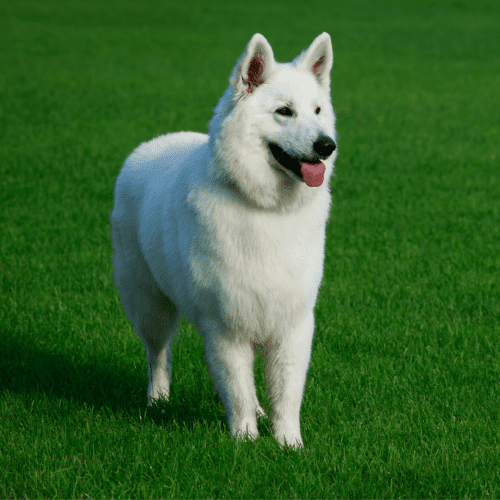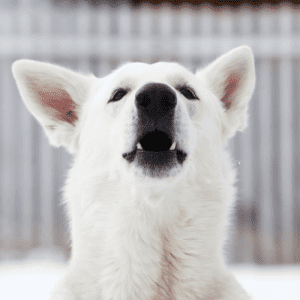Did you know that dogs can be used as livestock guardians? Livestock guardian dogs, also referred to as LGDs, dogs are bred and trained to protect grazing animals from predators. LGDs are extremely protective of their charges and will often deter predators even when the animals they are guarding are not their own. Many farmers and ranchers swear by LGD’s, crediting them with reducing losses due to predation.
The livestock guardian dog breed is a group of working dogs specifically bred and trained to protect livestock from predators. These dogs possess specific characteristics that make them well-suited for their role as guardians. They are typically large in size, with strong and muscular bodies, which allows them to intimidate potential threats. Their thick coats provide protection from the elements and help them blend in with the livestock they are protecting.
Training is a crucial aspect of preparing livestock guardian dogs for their duties. They need to be socialized from an early age to ensure they are comfortable around livestock and can differentiate between friend and foe. They are taught to be independent thinkers, capable of making decisions in the field without constant direction from their human handlers.
Breeding is carefully managed within the livestock guardian dog breed to maintain the desired traits. Breeders select dogs with strong working instincts and sound temperaments to produce puppies that will excel in their roles. This breeding process ensures that the dogs have the necessary genetic predisposition for guarding livestock effectively.
Livestock guardian dogs thrive in a working environment where they have constant access to the livestock they are protecting. This allows them to form strong bonds and develop a sense of loyalty towards their charges. Their presence alone acts as a deterrent to potential predators, minimizing the risk to the livestock.
The benefits of using livestock guardian dogs are numerous. They provide a non-lethal method of predator control, reducing the need for lethal measures such as trapping or shooting. They also serve as a visible deterrent, which can help prevent predation incidents from occurring in the first place. Additionally, their presence helps to reduce stress among the livestock, leading to improved overall health and productivity.
However, there are also challenges associated with using livestock guardian dogs. One of the main challenges is the need for ongoing training and supervision. Livestock guardian dogs require consistent reinforcement of their training to ensure they remain effective in their duties. They also need regular veterinary care to maintain their health and well-being.
Livestock guardian dog breeds possess distinct characteristics and traits that set them apart from other dog breeds. These differences make them well-suited for their specific role in protecting livestock from predators. One key aspect that distinguishes livestock guardian dogs is their training techniques. Unlike other breeds, they require specialized training to fulfill their duties effectively. These dogs need to be socialized from a young age and exposed to various livestock to develop their protective instincts.
Owning a livestock guardian dog comes with its challenges. These breeds are independent and have a strong instinct to roam and protect their territory. This can make them more challenging to manage and may require secure fencing or supervision. Additionally, their size and strength can pose challenges in terms of handling and training.
However, the benefits of using livestock guardian dogs for predator control outweigh the challenges. These dogs have a natural ability to deter and confront potential threats, reducing the risk of predation on livestock. They provide a cost-effective and environmentally friendly solution compared to other methods.
When it comes to health, livestock guardian dog breeds are generally robust, but they can be prone to specific health issues. Hip dysplasia, bloat, and eye problems are some common health concerns in these breeds. Regular veterinary check-ups and a balanced diet are essential for their overall well-being.
Socializing livestock guardian dogs is crucial to ensure proper behavior and temperament. Early and consistent socialization helps them differentiate between friend and foe and prevents any aggression towards humans or other animals. Exposing them to different environments and situations can also help them adapt better to their working environment.
A variety of dog breeds are included in the livestock guardian dog breed group, each possessing specific traits and characteristics that make them well-suited for their role in protecting livestock. Some of the most well-known livestock guardian dog breeds include the Great Pyrenees, Anatolian Shepherd, Tibetan Mastiff, Kangal Dog, and Akbash Dog.
The Great Pyrenees, originating from the Pyrenees Mountains in France, is a large and powerful breed known for its calm and gentle nature. They are highly protective of their flock and have a strong instinct to guard.
Similarly, the Anatolian Shepherd, originating from Anatolia in Turkey, is a fearless and independent breed. They are known for their loyalty and ability to blend in with their surroundings, making them excellent protectors of livestock.
The Tibetan Mastiff, a large and imposing breed from Tibet, is known for its fierce loyalty and protective nature. They are natural guardians and have been used for centuries to protect livestock in the Himalayan region.
The Kangal Dog, a breed native to Turkey, is renowned for its strength, agility, and fierce loyalty. They are intelligent and independent, making them excellent guardians of livestock.
Lastly, the Akbash Dog, originating from Turkey, is a powerful and agile breed known for its calm and steady temperament. They have a strong protective instinct and are highly adaptable to different climates and terrains.
Originating from various regions around the world, livestock guardian dog breeds have a rich history deeply intertwined with the communities and landscapes they were bred to protect. The origins of these breeds can be traced back to ancient times when they played a crucial role in safeguarding livestock from predators and thieves.
Cultural significance played a significant role in the development of livestock guardian dog breeds. Different cultures had specific requirements for their working dogs, resulting in the breeding practices that shaped these breeds. For example, the Central Asian Shepherd Dog was revered by nomadic tribes in Central Asia for their ability to protect their herds from wolves and other predators.
Breeding practices also played a crucial role in creating the traits that make livestock guardian dogs effective. Selective breeding focuses on developing qualities such as loyalty, independence, and protective instincts. These practices ensured that these dogs were well-suited to their roles as guardians of livestock.
Training methods for livestock guardian dogs have evolved over time. Traditional training methods focused on socializing the dogs with the animals they were meant to protect and establishing a solid bond between the dog and the herder. Modern-day training methods incorporate positive reinforcement and obedience training to enhance the dog’s skills and ensure their effectiveness in protecting livestock.
In modern times, livestock guardian dogs continue to be used worldwide for their intended purpose. They are employed by farmers and ranchers to protect livestock from predators, minimize losses, and maintain the balance between wildlife and agriculture. Their presence ensures the safety and well-being of animals, contributing to the sustainability of farming and livestock industries.
Livestock guardian dog breeds are utilized by individuals for the specific purpose of protecting livestock from potential threats such as predators and thieves. These breeds, known for their loyalty, intelligence, and protective nature, play a crucial role in agriculture by safeguarding the well-being of livestock.
The benefits of using livestock guardian dog breeds in agriculture are manifold. Firstly, these dogs provide a constant presence and deterrent, warding off potential predators from approaching the livestock. Secondly, their keen senses and alertness enable them to detect and react to threats quickly, minimizing the risk of harm to the livestock.
Training methods for livestock guardian dog breeds focus on developing their natural instincts while also ensuring they can differentiate between genuine threats and harmless animals or humans. Early socialization and exposure to various farm animals help them understand their role and establish a bond with the livestock they are tasked with protecting.
However, owning livestock guardian dog breeds also comes with its challenges. These dogs require proper training and guidance from experienced owners to prevent them from becoming overprotective or aggressive. Additionally, their size and strength necessitate adequate space and exercise to keep them physically and mentally stimulated.
In terms of predator control, livestock guardian dog breeds act as a valuable line of defense. Their presence alone can deter potential predators, and their ability to confront and chase away threats helps maintain a safe environment for the livestock.
Many success stories highlight the effectiveness of livestock guardian dog breeds in livestock protection. Farmers and ranchers have reported significant reductions in predation incidents after employing these breeds, leading to increased productivity and profitability. These success stories showcase the vital role that livestock guardian dog breeds play in preserving the livelihoods of those involved in agriculture.
People from various backgrounds and professions are drawn to livestock guardian dog breeds due to their unique qualities and the valuable role they play in protecting livestock. Livestock guardian dogs require owners who understand their specific needs and are committed to their training and care. Farmers and ranchers are the most common types of owners who connect with these breeds as they rely on them to protect their valuable livestock from predators. However, livestock guardian dogs also appeal to individuals who live in rural areas and have a large property or those who have a passion for working with animals.
Training methods for livestock guardian dogs require patience, consistency, and positive reinforcement. These dogs are independent thinkers, so training should focus on building a solid bond between the dog and its owner. Challenges and rewards come hand in hand with owning a livestock guardian dog breed. While the challenges may include the time and effort needed for training and socialization, the rewards are immeasurable. The bond formed between the dog and its owner is powerful, and witnessing the dog’s dedication and effectiveness in protecting the livestock can be deeply fulfilling.
Common misconceptions about livestock guardian dog breeds often arise from their appearance and size. Some people may mistakenly believe that these dogs are aggressive or dangerous due to their protective nature. However, when properly trained and socialized, they are gentle and loving towards their families while being fiercely protective of their charges.
Livestock guardian dogs play a crucial role in farming by providing security for livestock. They are vigilant and proactive in deterring predators, reducing losses, and protecting the livelihoods of farmers and ranchers. Their mere presence acts as a deterrent to potential threats, and their instinctive, protective nature makes them an invaluable asset to any farming operation.
In addition to their valuable role in protecting livestock, livestock guardian dog breeds possess a range of impressive characteristics that make them well-suited for their important job. Training techniques for livestock guardian dogs are crucial to ensure their effectiveness in guarding and protecting livestock. These dogs are intelligent and trainable, but they require consistent and patient training to develop their natural instincts and behaviors.
Common health issues in livestock guardian dog breeds should also be taken into consideration. These breeds are generally healthy, but they are prone to certain conditions such as hip dysplasia, bloat, and eye problems. Regular veterinary check-ups and a proper diet can help mitigate these health issues.
Best practices for raising livestock guardian dogs involve early socialization and exposure to various environments and situations. This helps them develop a balanced temperament and adaptability to different livestock and human interactions.
Livestock guardian dogs play a vital role in predator control. They are bred to deter and confront predators, such as wolves and coyotes, to protect livestock. Their presence alone can act as a deterrent, and their size, strength, and protective instincts make them effective in warding off potential threats.
Challenges faced by livestock guardian dog breeders include maintaining the integrity of the breed and finding suitable working homes for the dogs. Breeders must carefully select breeding pairs to maintain the desired traits and characteristics of the breed. Additionally, finding responsible and knowledgeable owners who understand the unique needs and responsibilities of owning a livestock guardian dog can be a challenge.



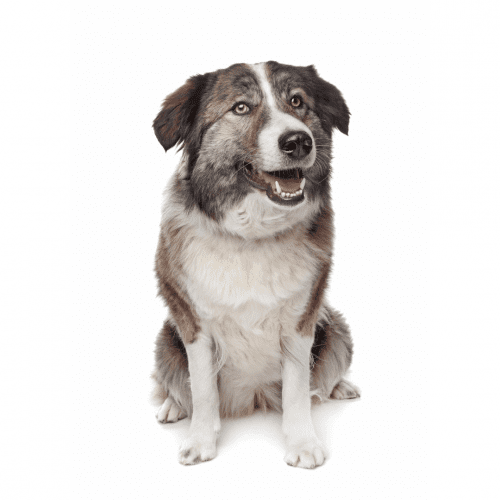
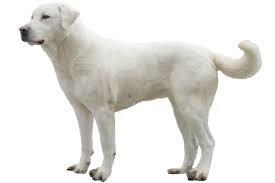

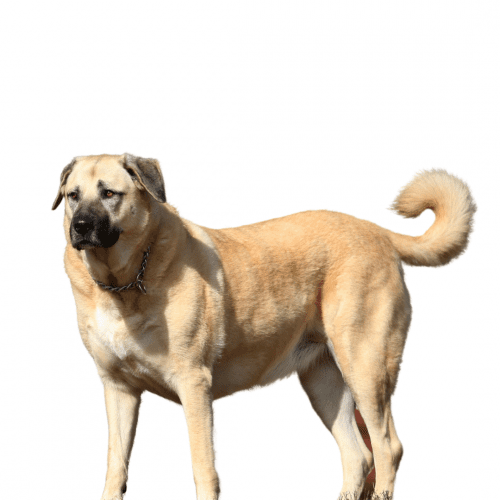

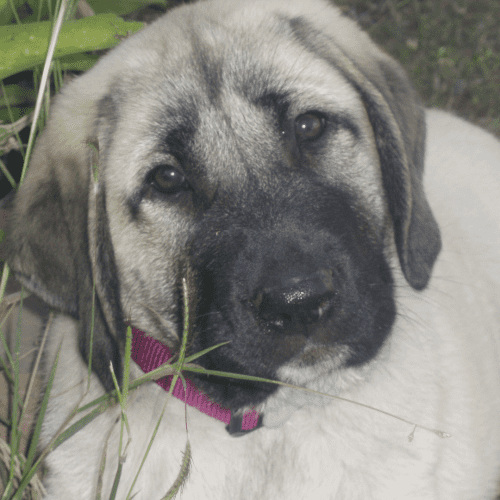
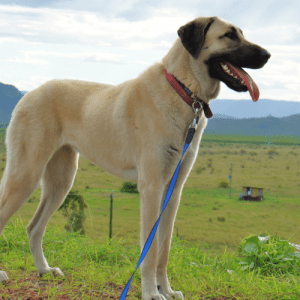
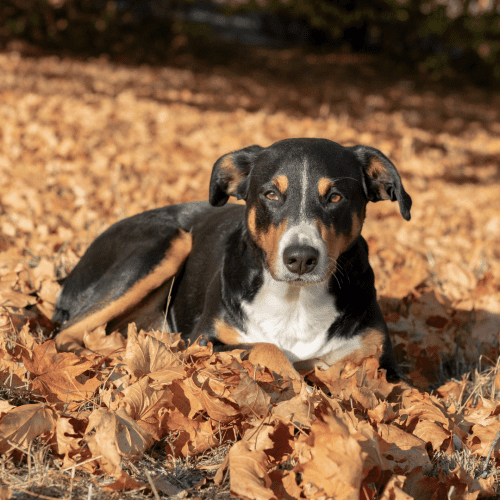

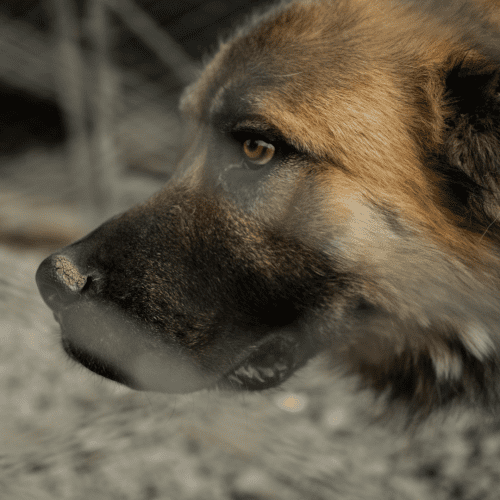
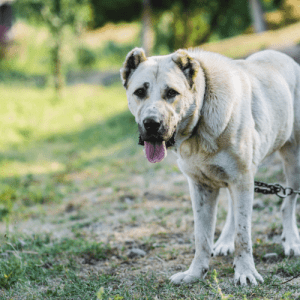
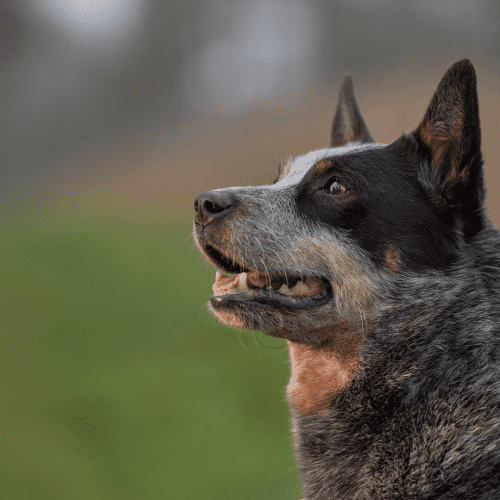
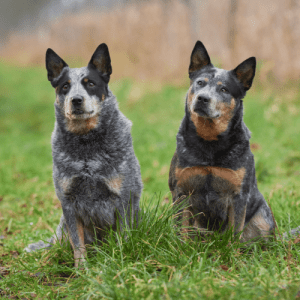
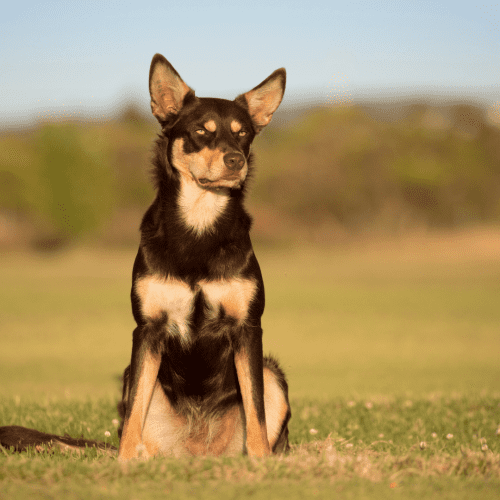

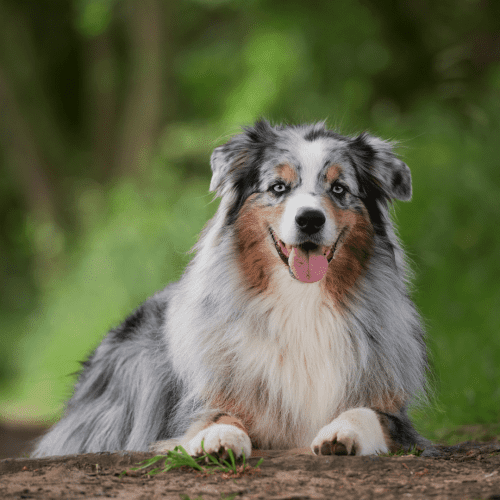

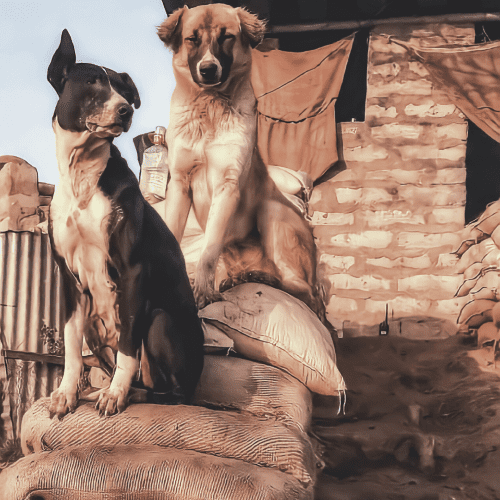
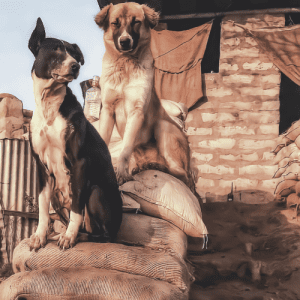
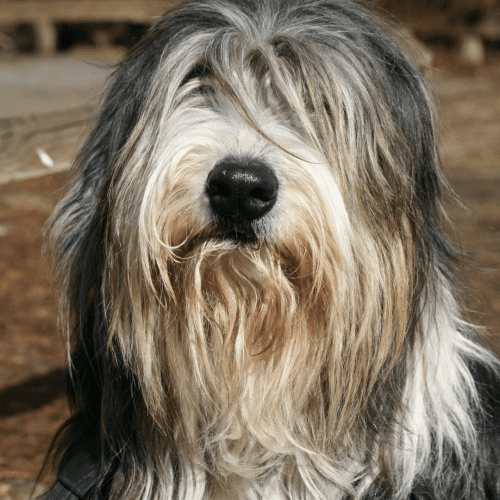

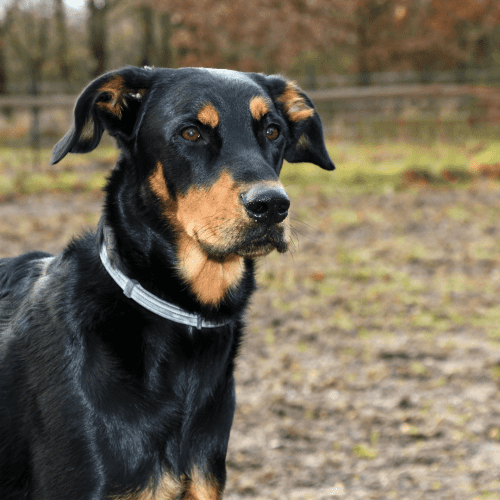

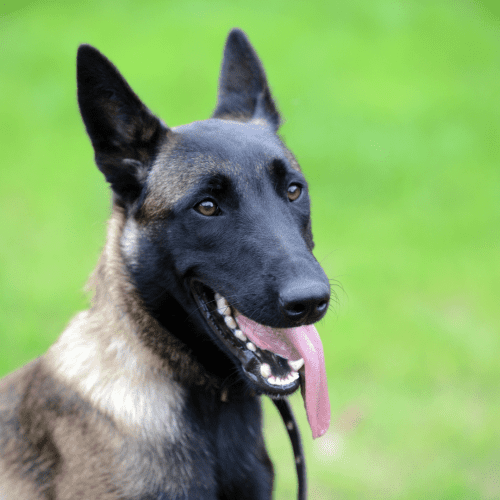
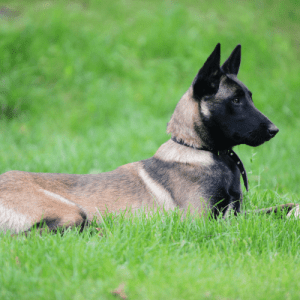
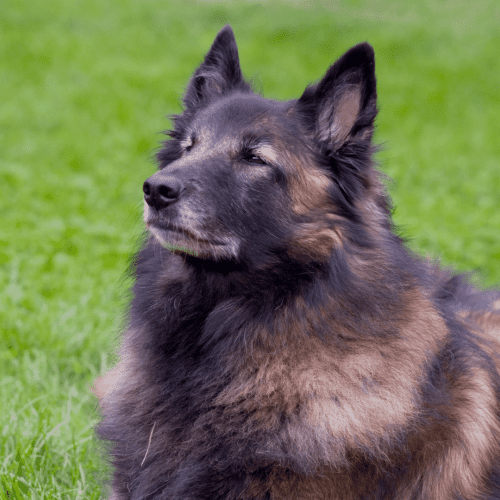

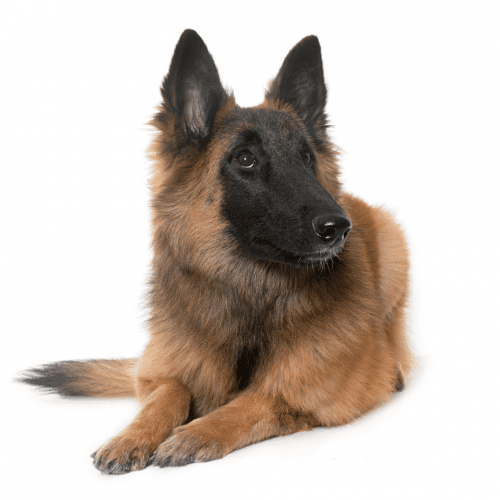



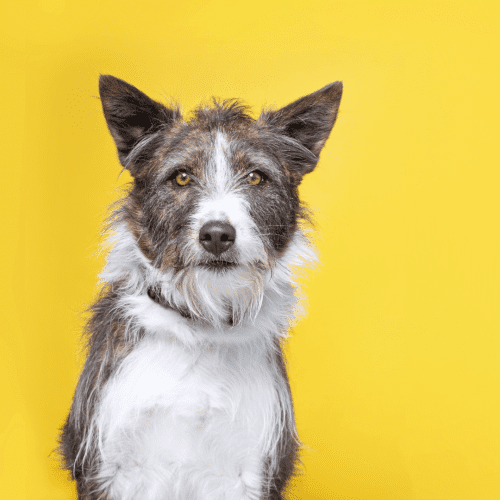

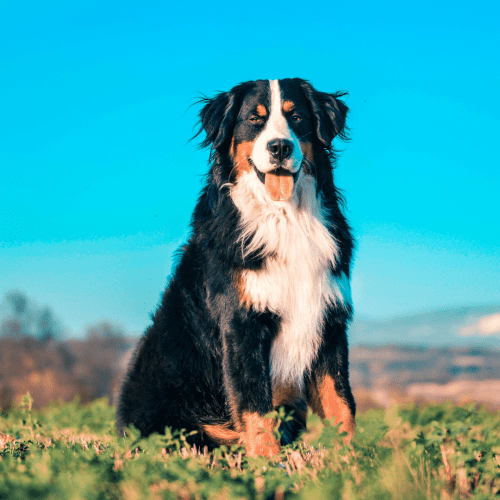

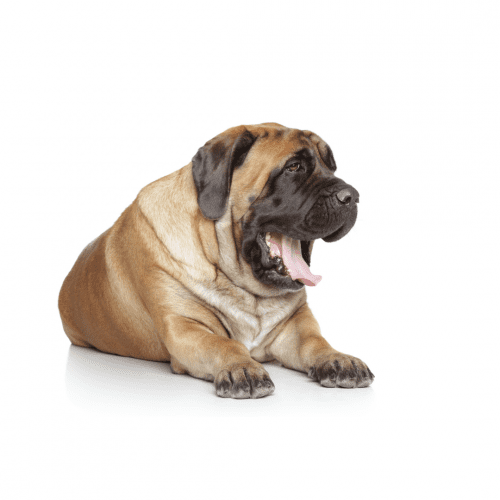

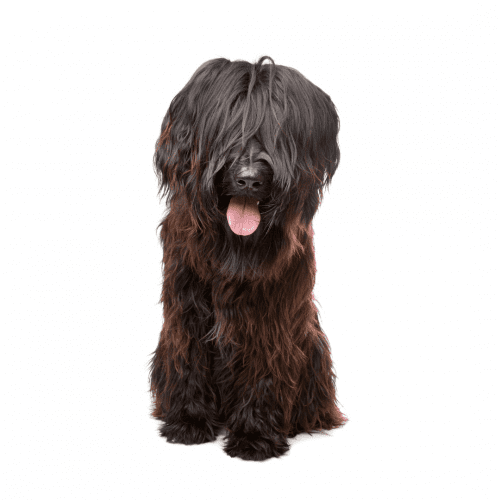

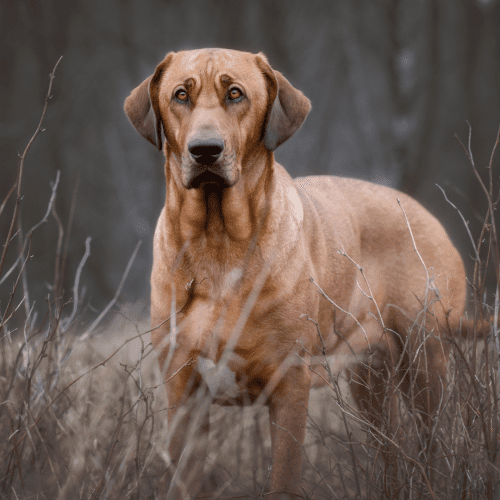

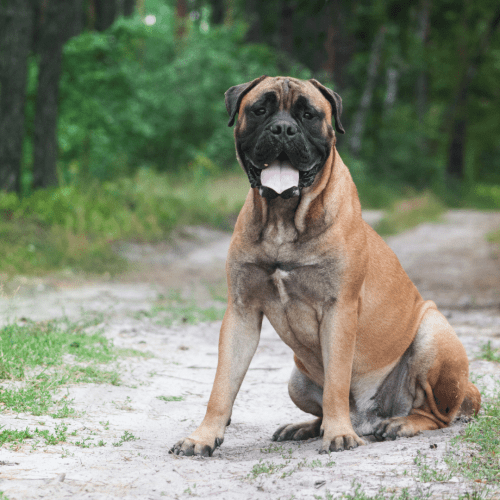

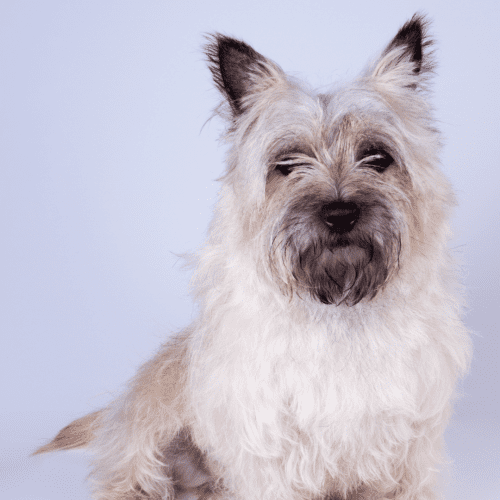

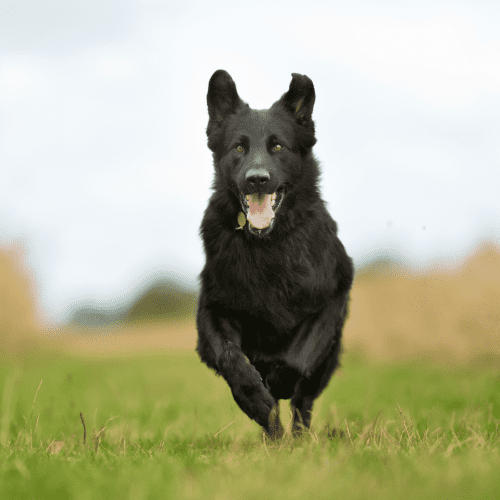
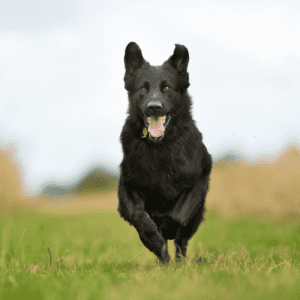
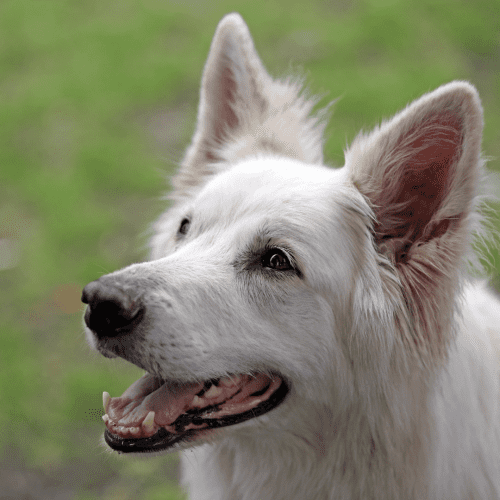
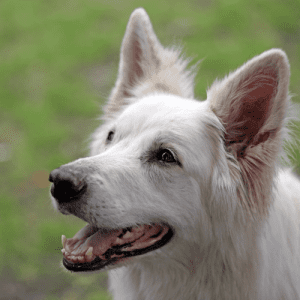
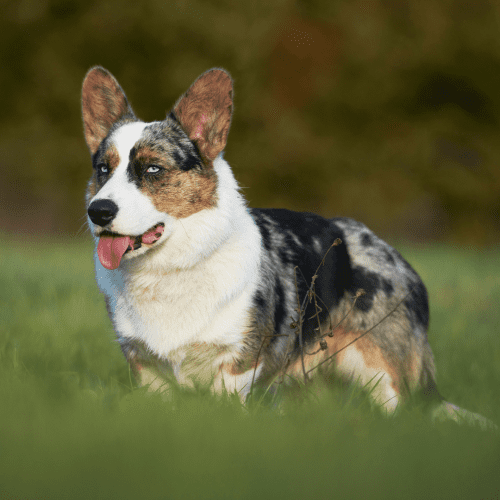
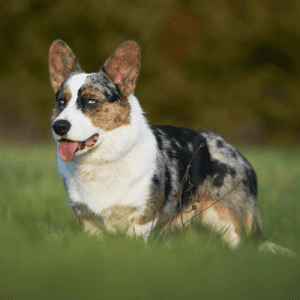
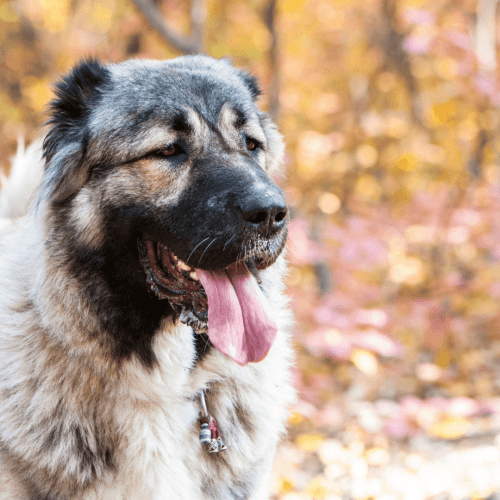
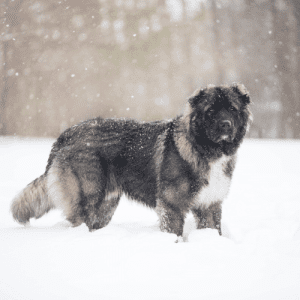
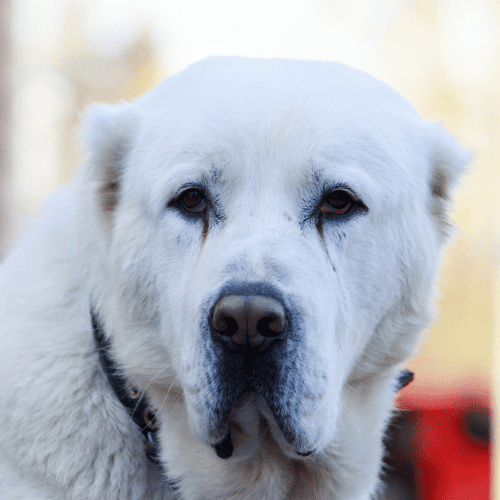
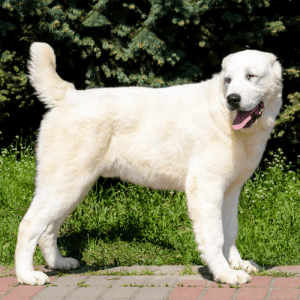
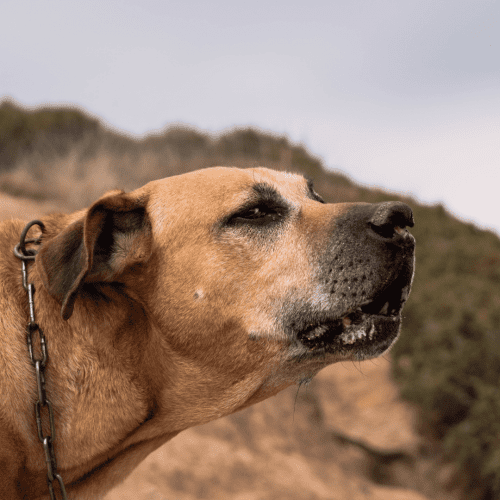
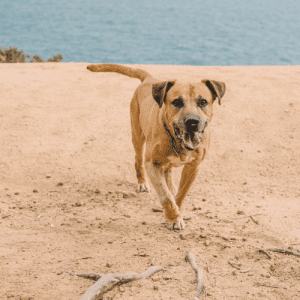
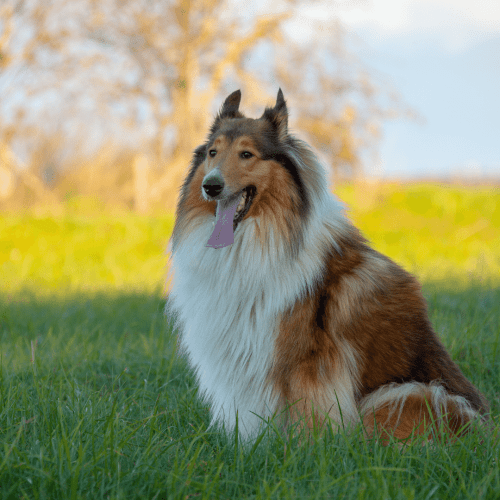

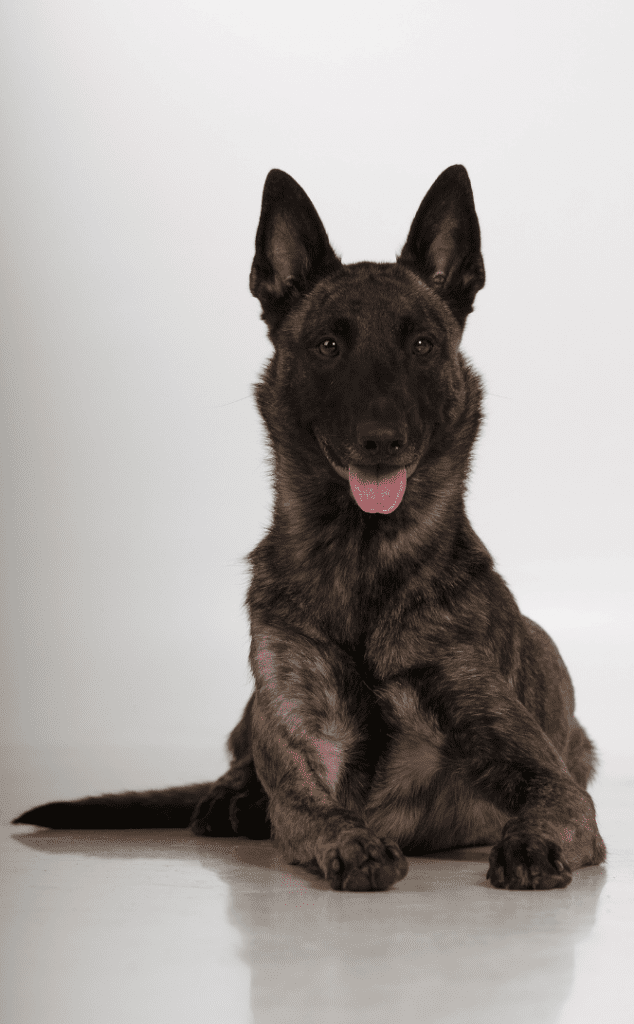

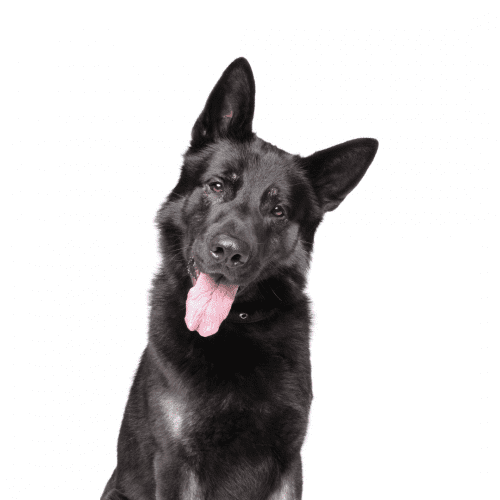
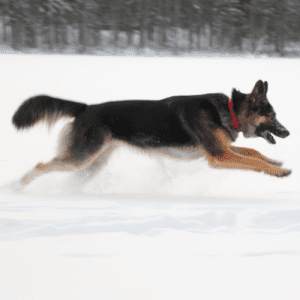
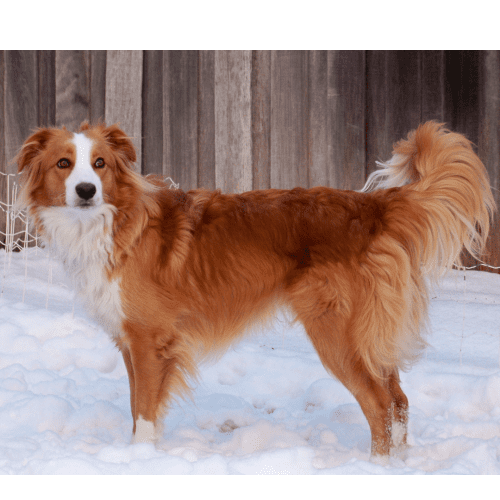

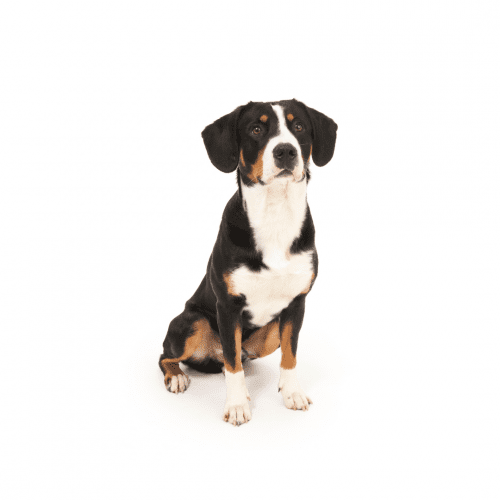
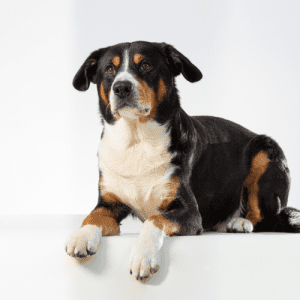
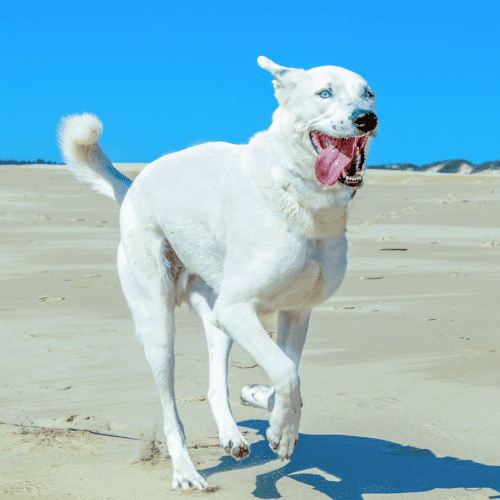
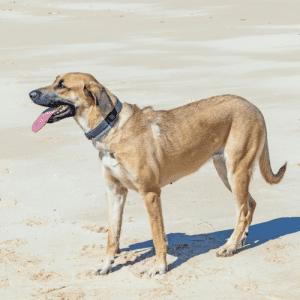
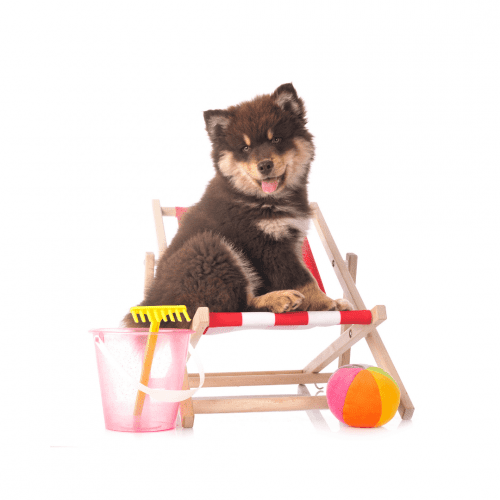

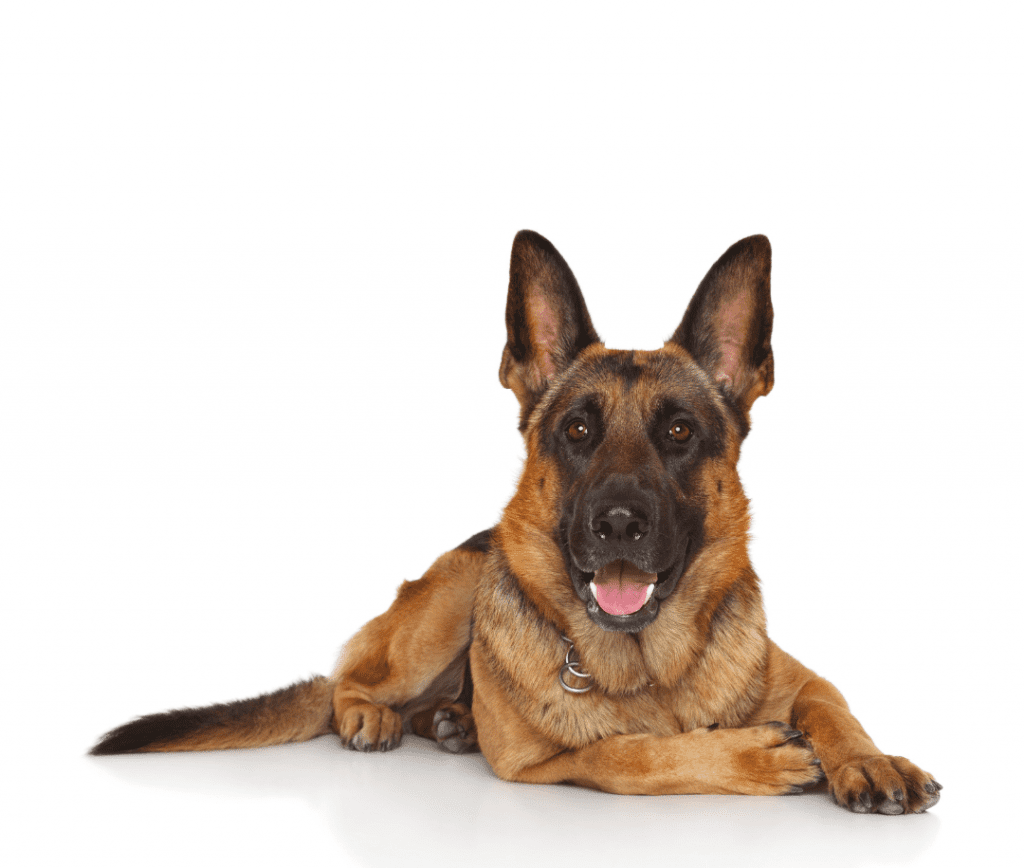
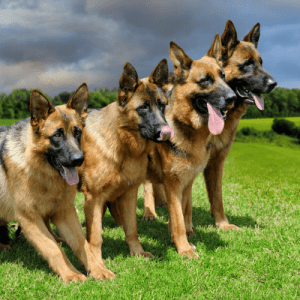
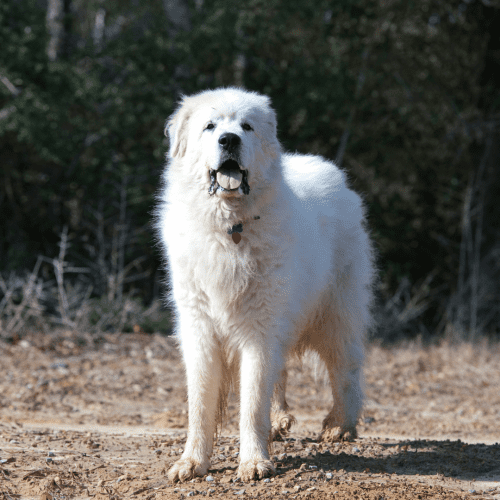

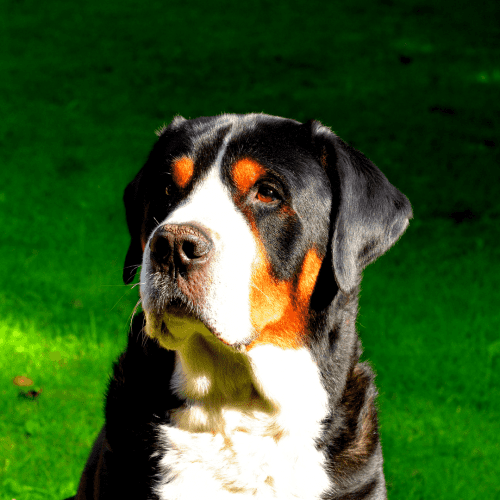
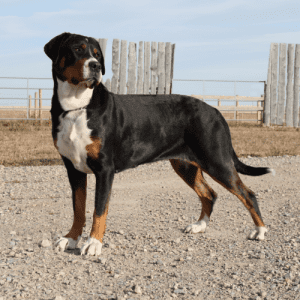
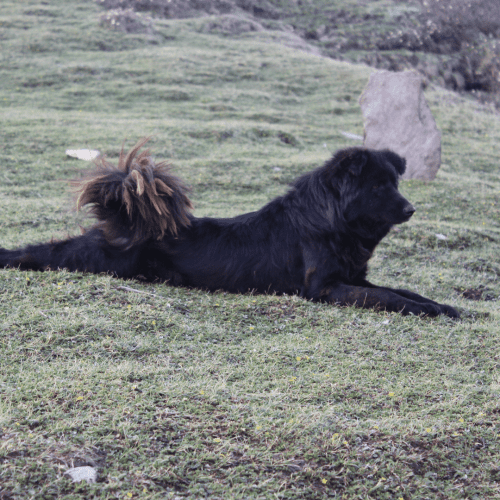
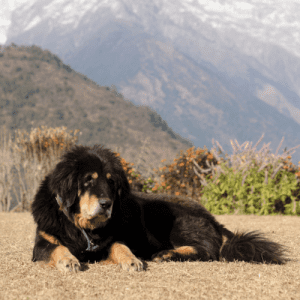
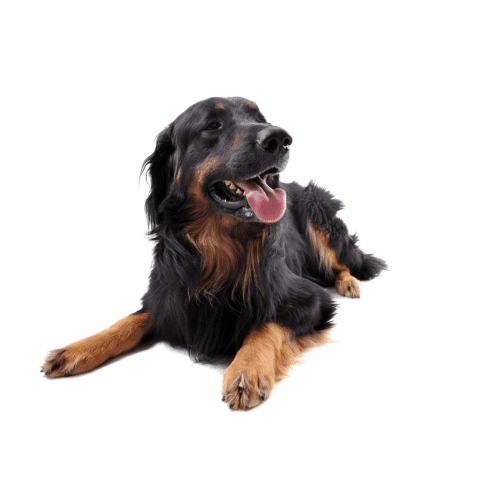

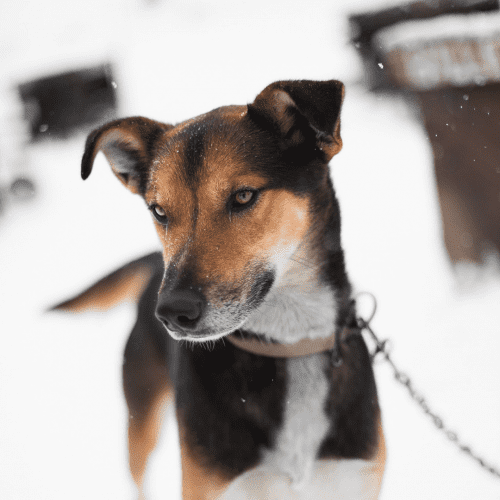

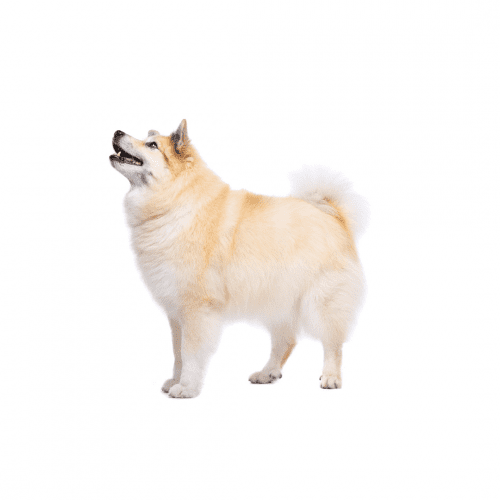

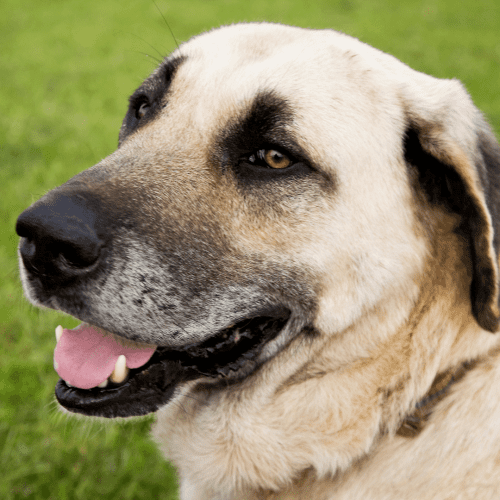

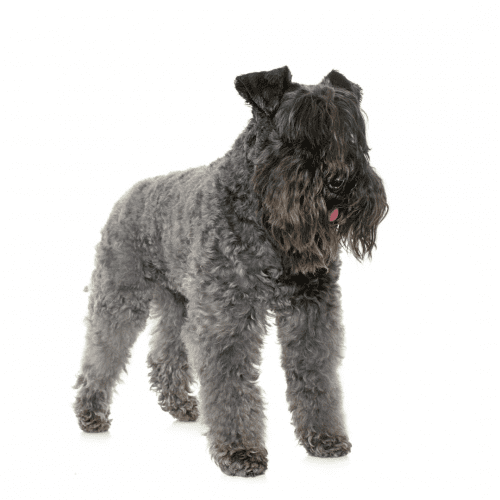

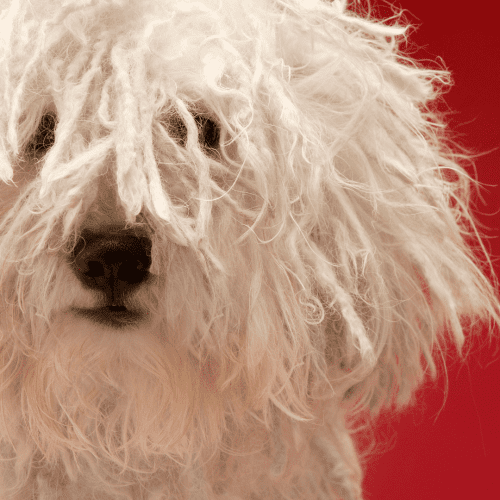

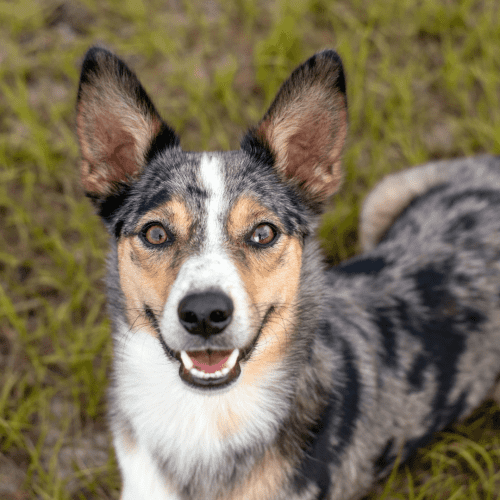

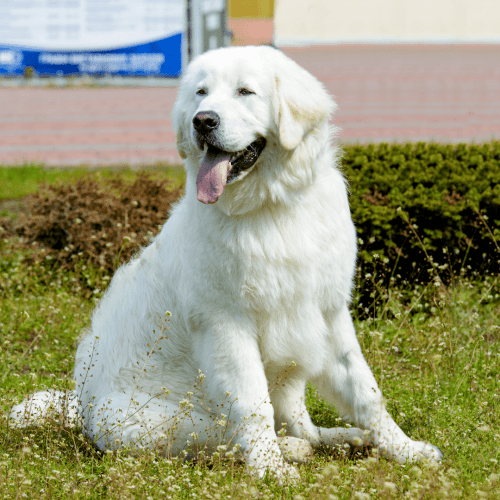

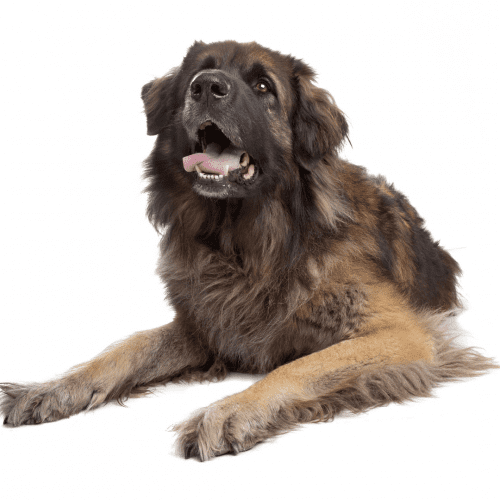

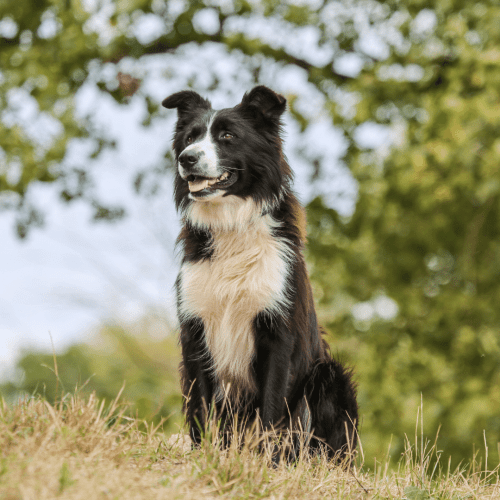

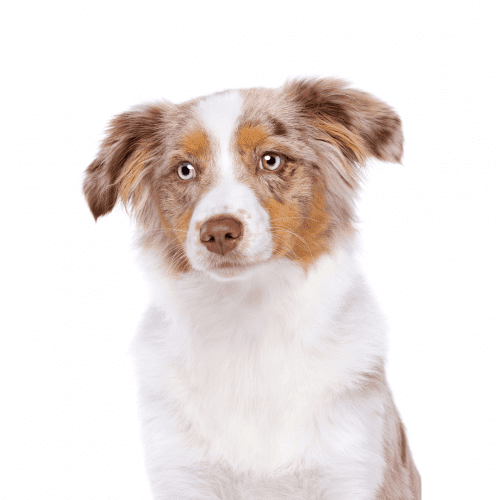

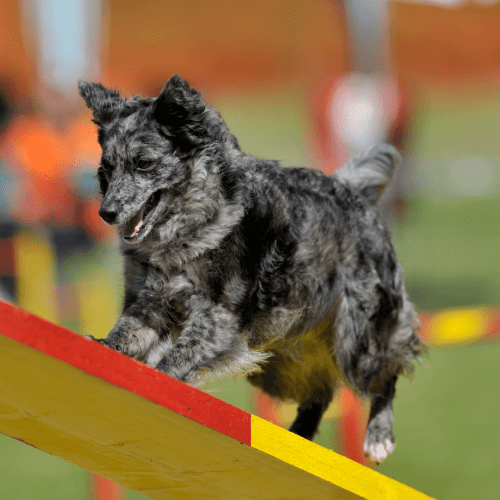

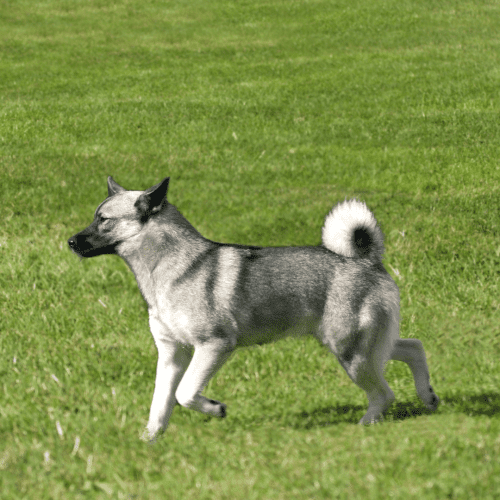

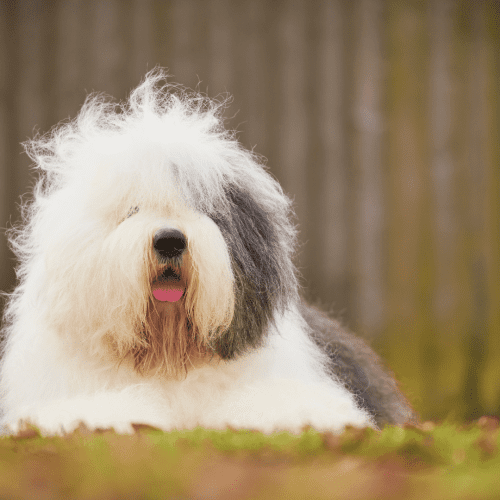

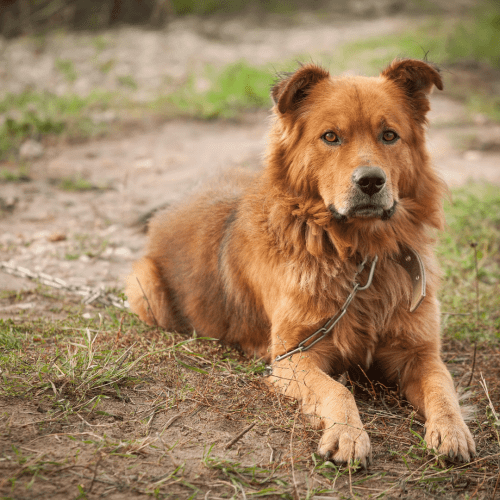

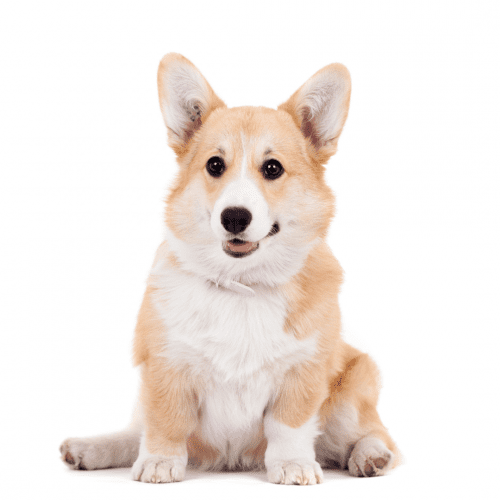
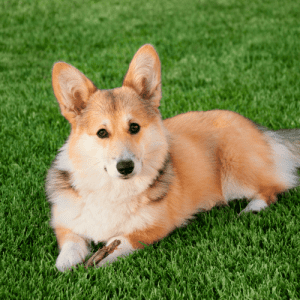
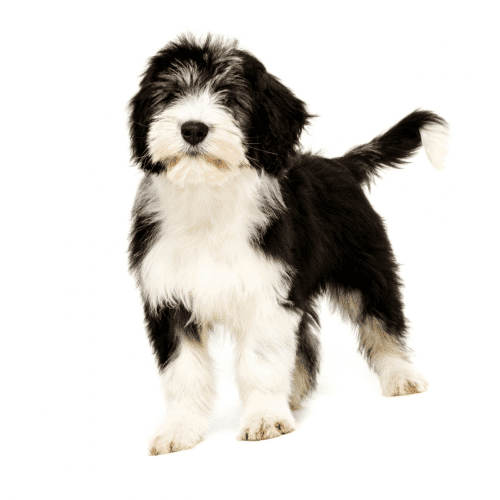

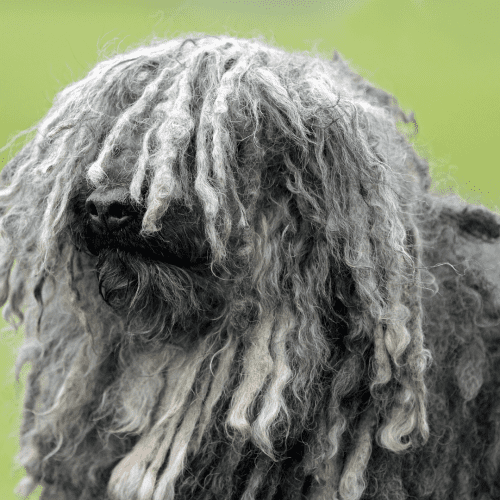

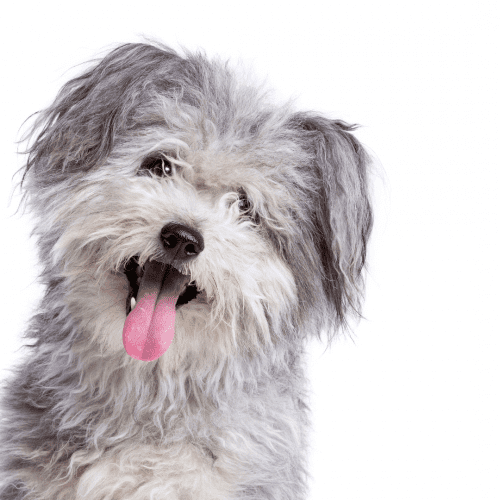

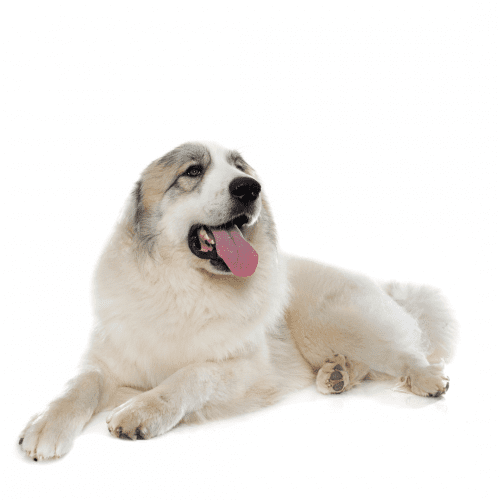

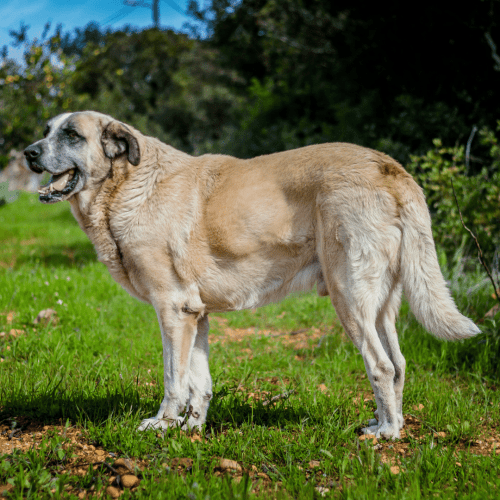

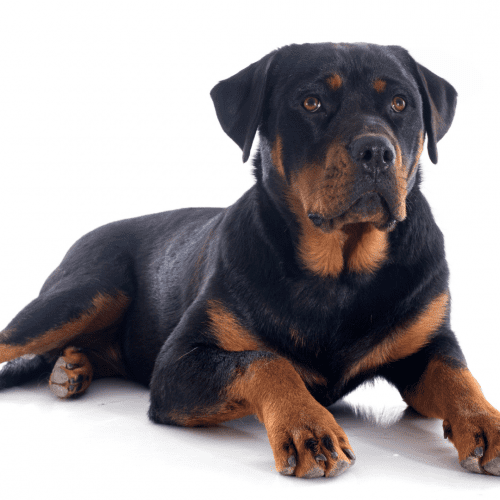

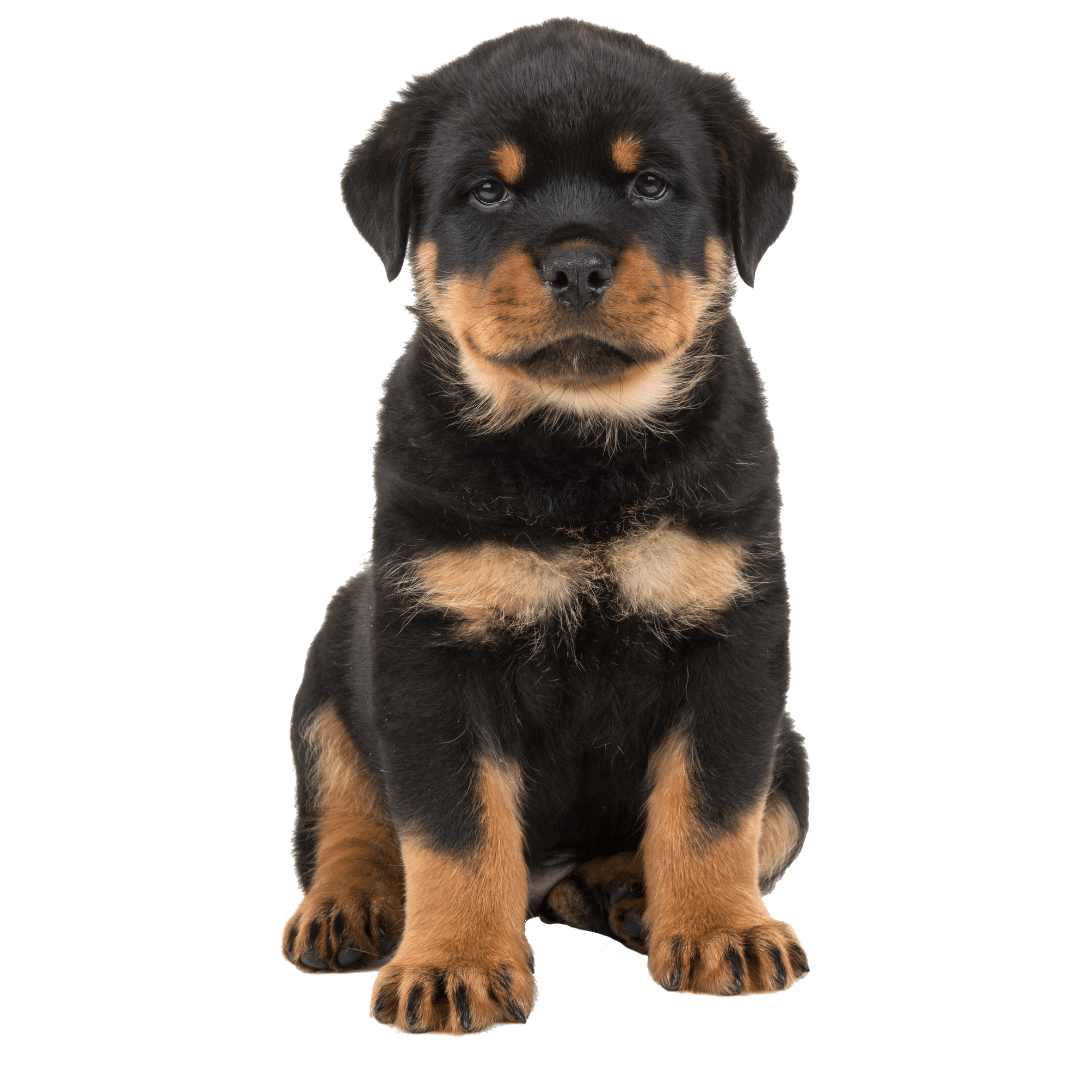
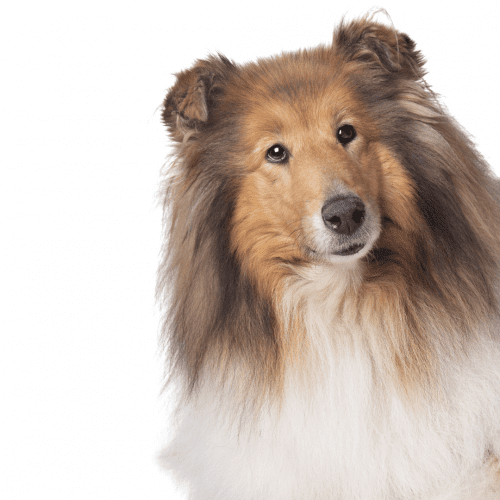
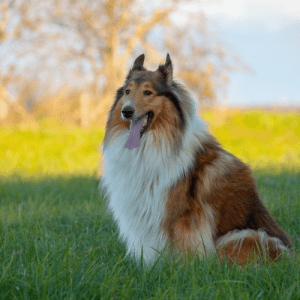
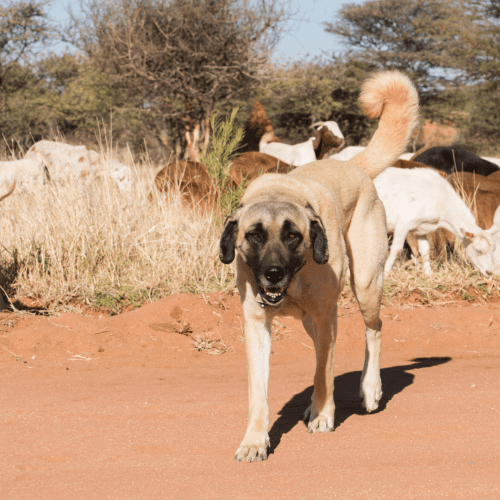
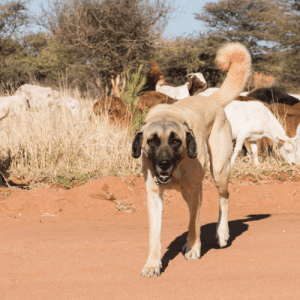
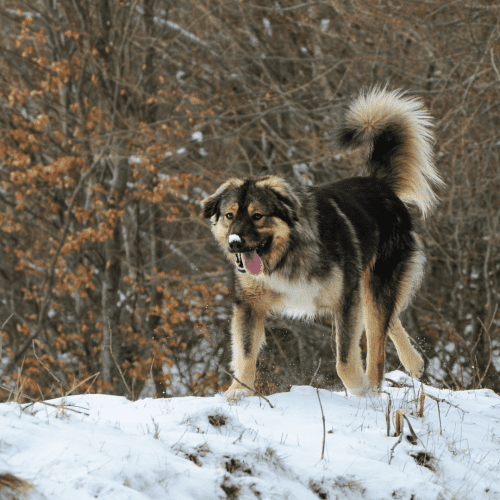

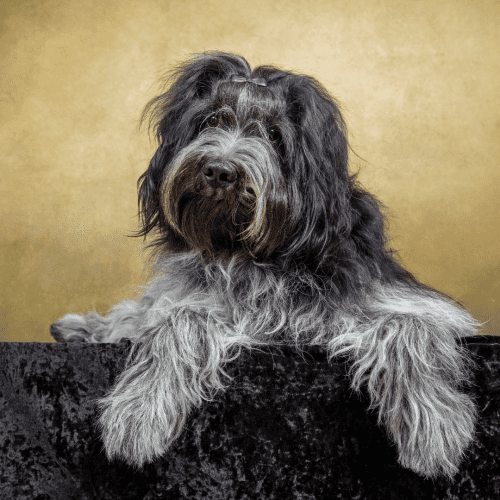

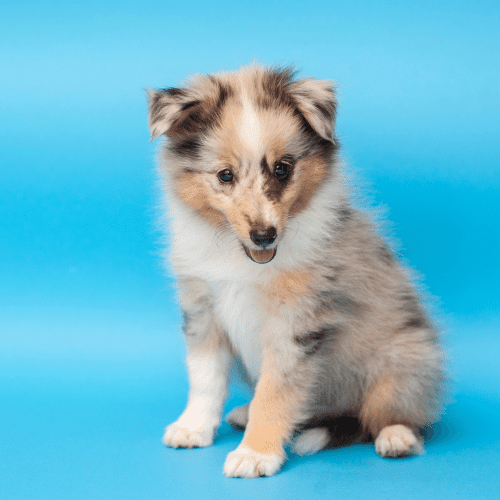
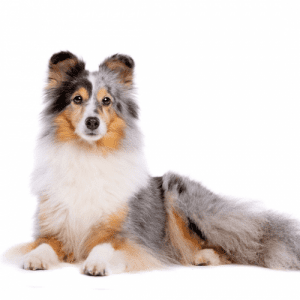 What Is The History Of The Shetland Sheepdog, aka Sheltie Dog Breed?
What Is The History Of The Shetland Sheepdog, aka Sheltie Dog Breed?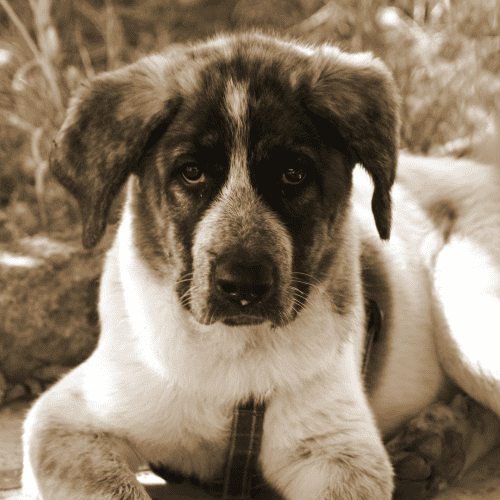
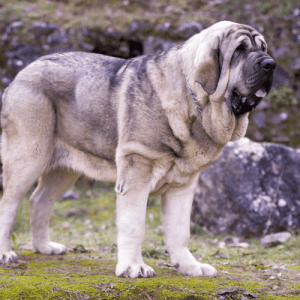 What Is The History Of The Spanish Mastiff Dog Breed?
What Is The History Of The Spanish Mastiff Dog Breed?